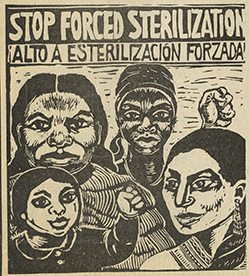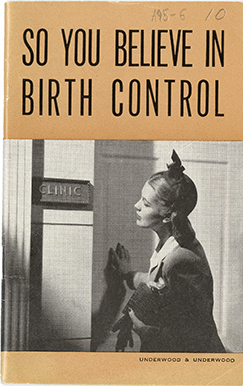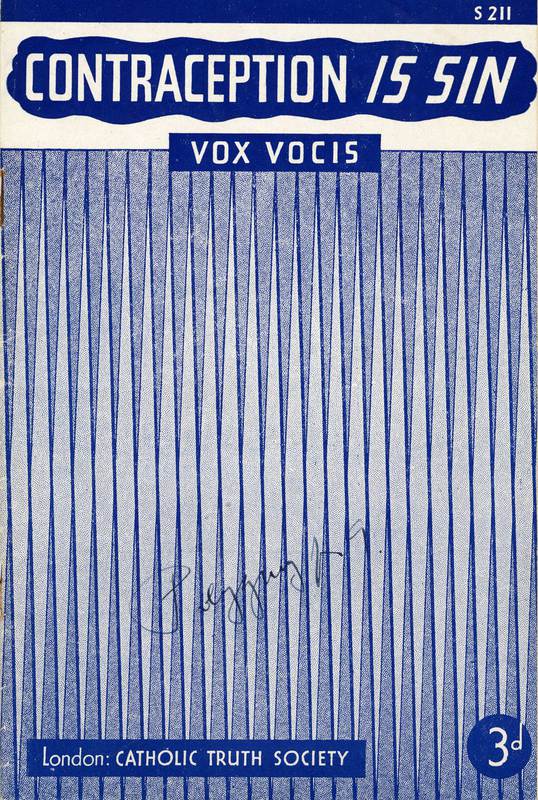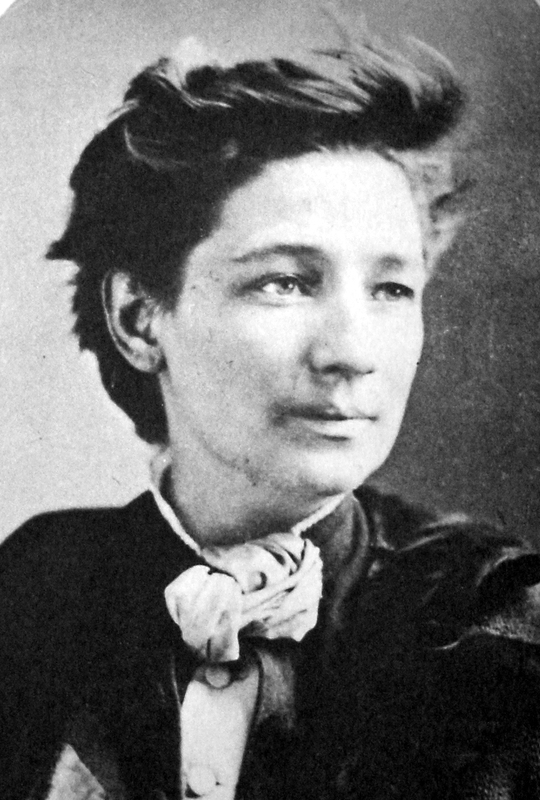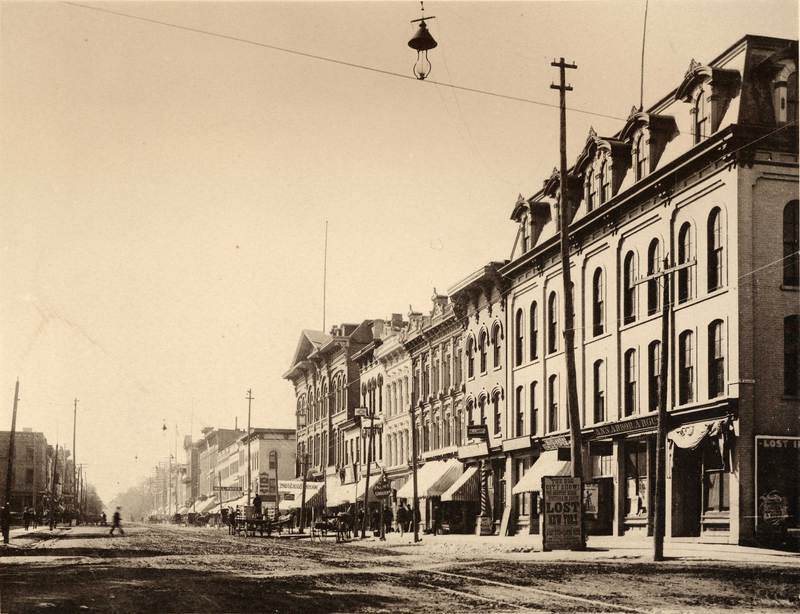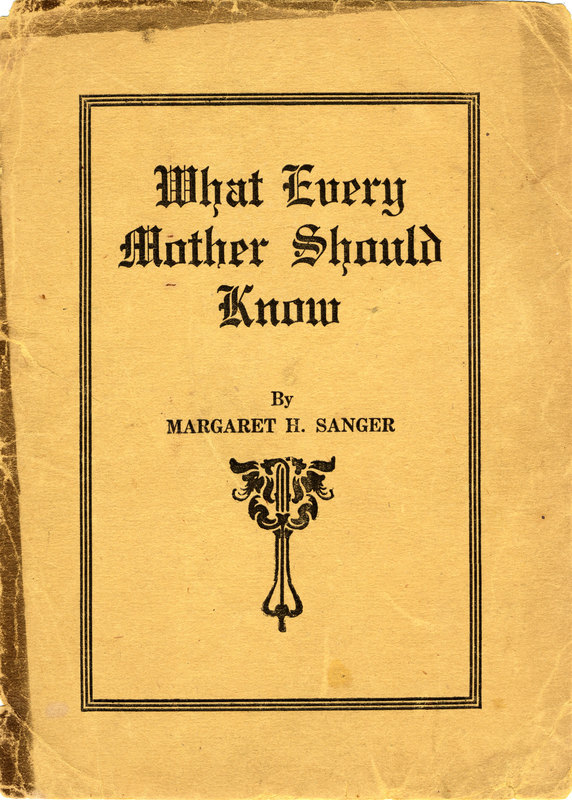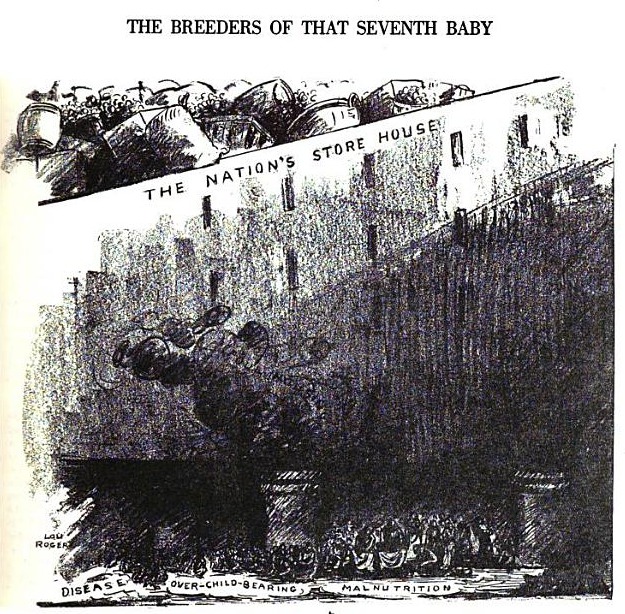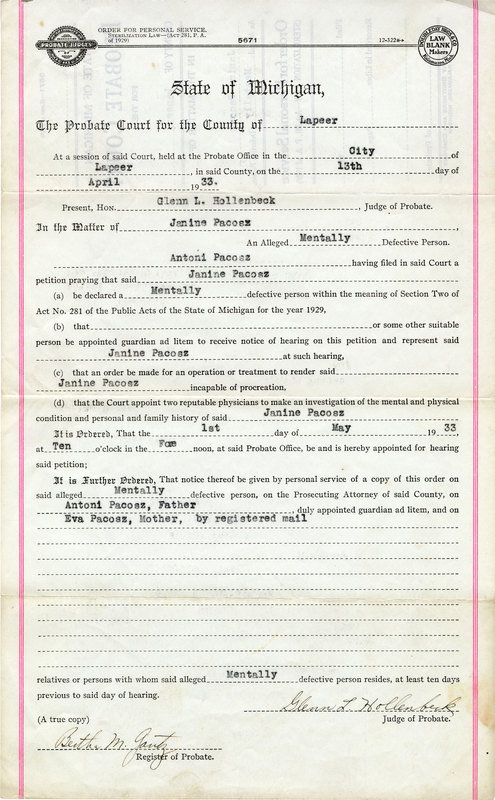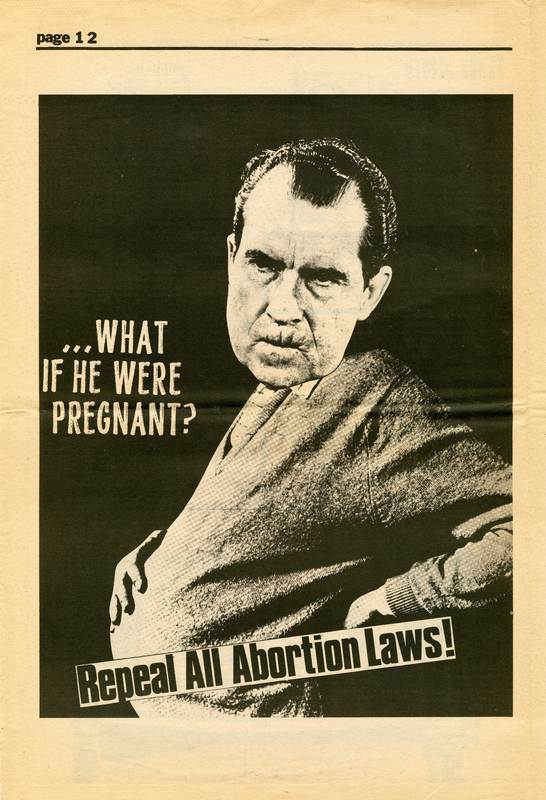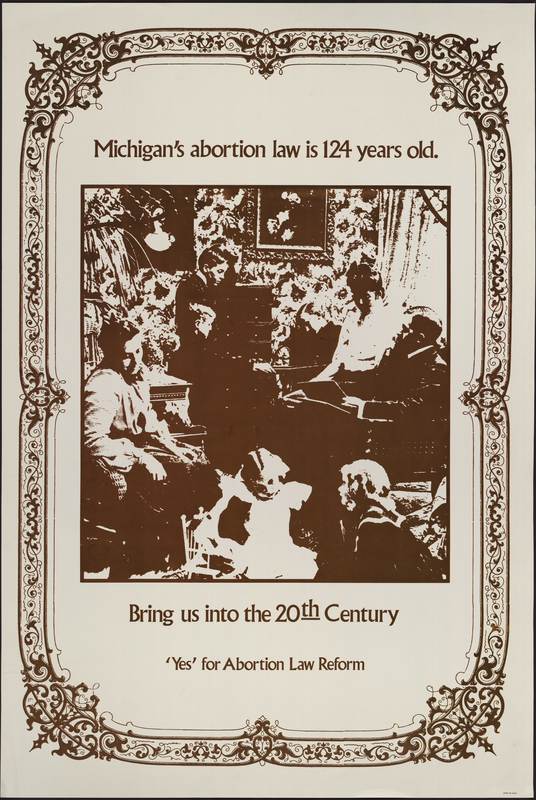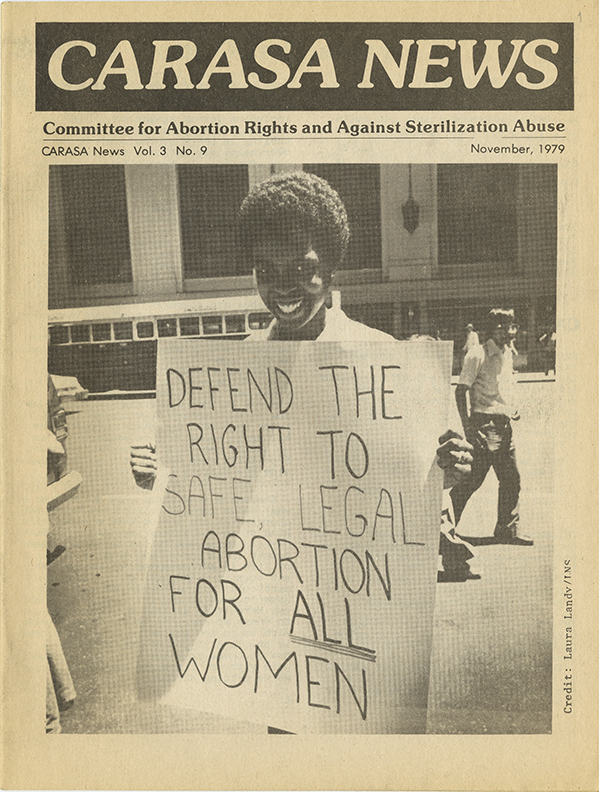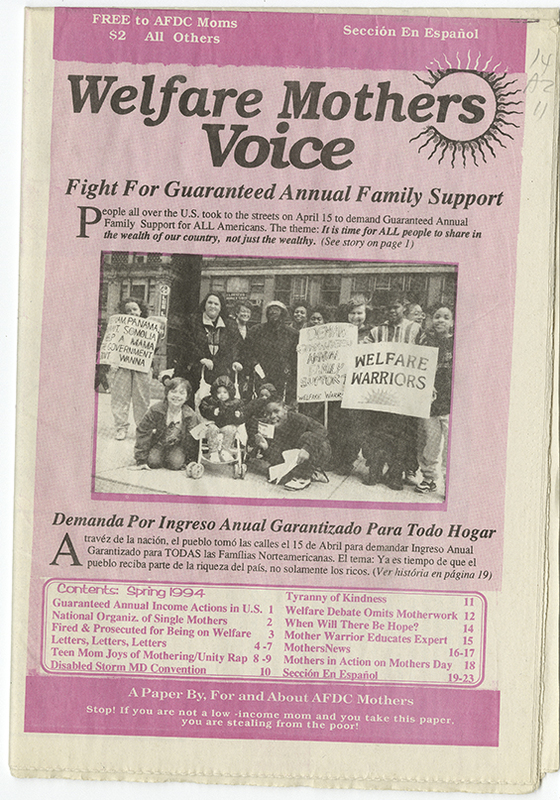Whose Reproductive Bodies?
At the crux of reproductive justice is the right of women to decide if and when to have children. Reproductive justice encompasses issues, practices, and policies related to reproduction, contraception, sterilization, sexual identity and family creation, as well as meanings and experiences of motherhood. In the 1870s the Comstock Laws ushered in a new era in which the state sought to control women’s access to birth control methods. In response, women struggled legally, socially, and culturally to control their own reproductive bodies. Over time, these struggles have been deeply stratified depending on a woman's position and identity in terms of race, ethnicity, sexuality, socio-economic status, and disability.
Victoria Woodhull and Voluntary Motherhood
The late 19th century notion of voluntary motherhood emphasized the right to choose if and when to reproduce. First-wave feminists like Victoria Woodhull, who visited Ann Arbor in 1873, organized for free love and voluntary motherhood, promoting women’s reproductive rights as intimately connected to female suffrage and equality. However, like a substantial number of white women from privileged and educated backgrounds who advocated voluntary motherhood, Woodhull endorsed eugenic ideas that discouraged reproduction among working class and immigrant women.
Margaret Sanger and Birth Control
The right to choose motherhood was expanded and made more visible by activists like Margaret Sanger, who promoted the development and use of birth control through various campaigns and publications. Early 20th century birth control advocates faced opposition from both religious and political leaders who viewed contraception as dangerous and immoral. Sanger published the Birth Control Review and established the organization that eventually became Planned Parenthood, with the goal of expanding knowledge about contraception as well as access to it. Sanger’s neo-Malthusian and eugenic convictions should be acknowledged as integral to her perspective, which was framed by biased ideas about who should and should not reproduce.
Eugenics and Population Control
Women’s reproductive bodies have often been situated at the center of larger social issues such as poverty, overpopulation, immorality, and criminality. The early 20th century eugenics movement, led by scientists, physicians, reformers, and lawmakers, aimed to manage reproduction in order to improve the population and solve perceived social problems. For example, Dr. Edward B. Foote promoted the use of contraception to manage the reproduction of women deemed “unfit,” in order to prevent the transmission of “dysgenic” traits. On the upside Foote promoted procreation among “eugenically unfit” women.
Based on the same rationale, 32 U.S. states passed eugenic sterilization laws that led to reproductive surgeries performed, often involuntarily, on approximately 60,000 women and men in public institutions. Close to 4,000 eugenic sterilizations occurred in Michigan, the majority at the Lapeer State Home and Training School. Although eugenics was in decline by the 1950s, similar ideas undergirded population control campaigns and policies in the 1970s, such as those championed by Zero Population Growth.
Abortion
One of the most controversial areas of reproductive rights is abortion and access to abortion services. During the civil rights movements of the 1960s, abortion was often at the forefront of the mainstream feminist health movement. Pro-life and abortion rights advocates came from varied and sometimes unexpected social and religious perspectives. Many women felt that the complex realities of their reproductive lives were overshadowed by the mainstream feminist movement’s emphasis on abortion to the exclusion of other reproductive options.
Anticipating Reproductive Justice
In the 1970s and 1980s women of color, some involved in lawsuits challenging forced sterilization, organized around a broad understanding of reproductive rights that sought simultaneously to combat reproductive coercion and expand access to birth control and abortion. CARASA, the Committee for Abortion Rights and Against Sterilization Abuse, was emblematic of this movement, as it linked race, class and gender analysis, anticipating the intersectional and human rights approaches of reproductive justice. Organizations such as the Welfare Warriors, founded in 1986, also called for a more encompassing version of reproductive justice. Through their activism and multilingual newspaper, Welfare Mothers Voice, the Welfare Warriors advocated for greater support and rights for children and mothers living in poverty.

Whose Knowledge?

